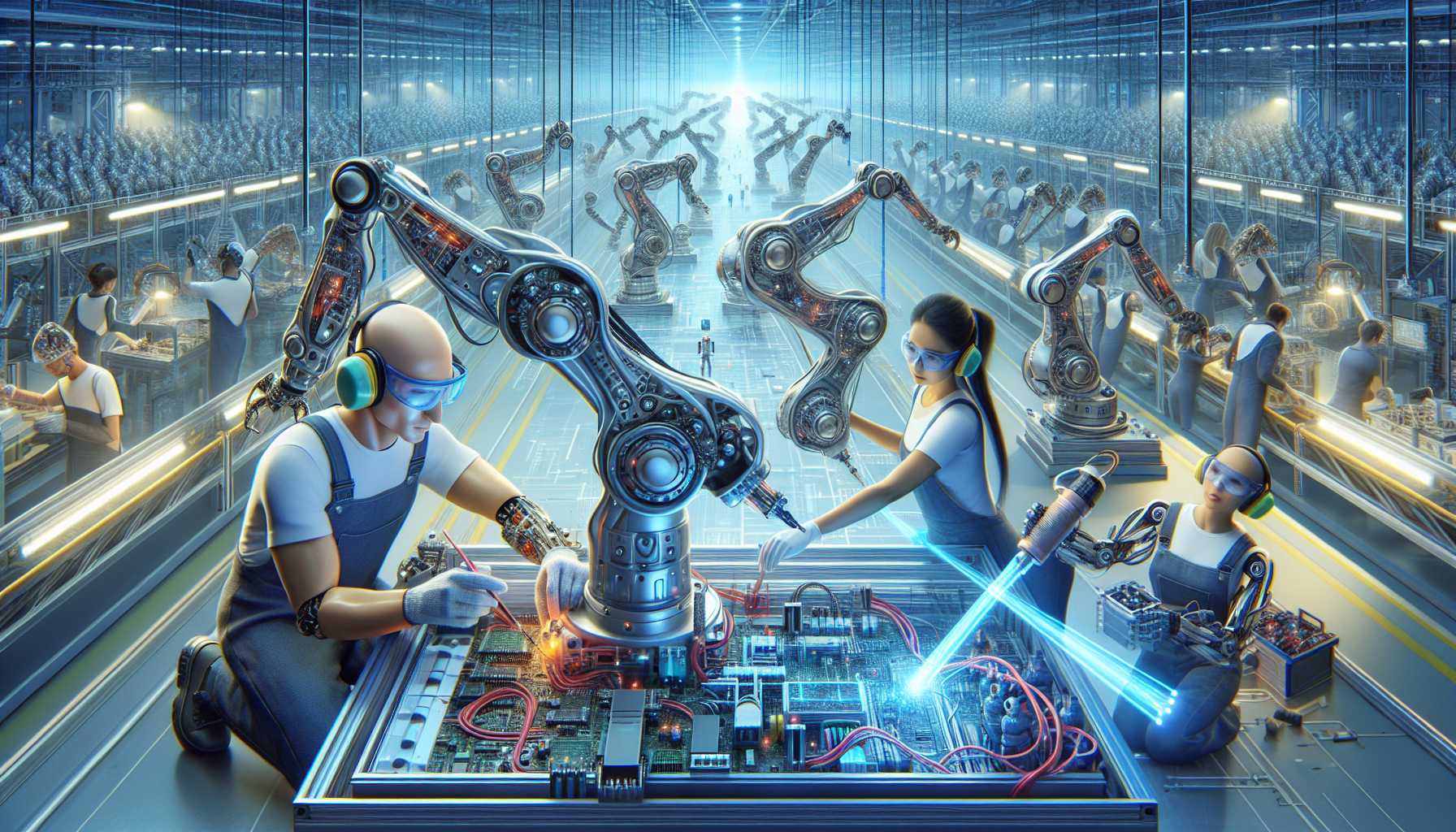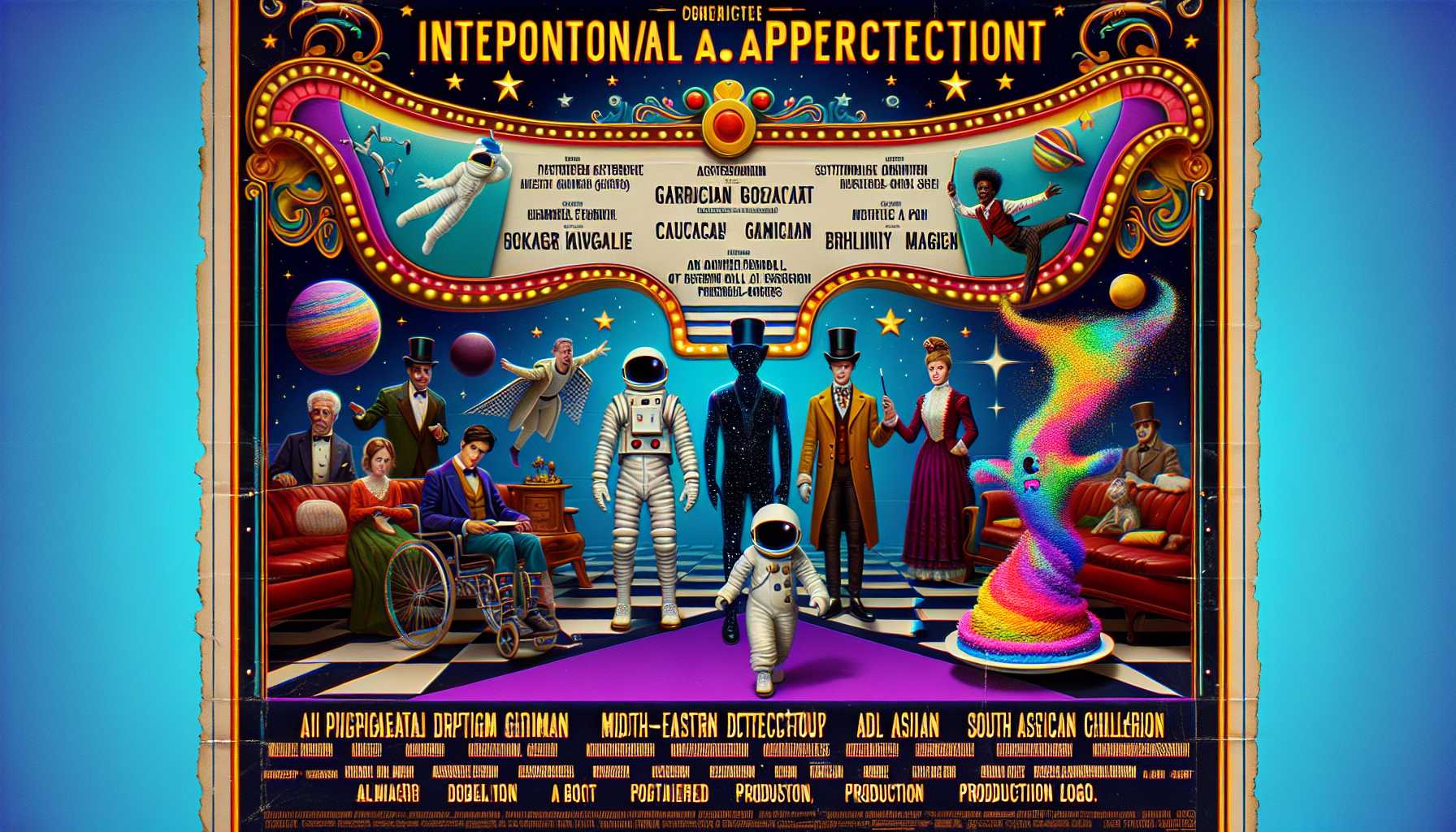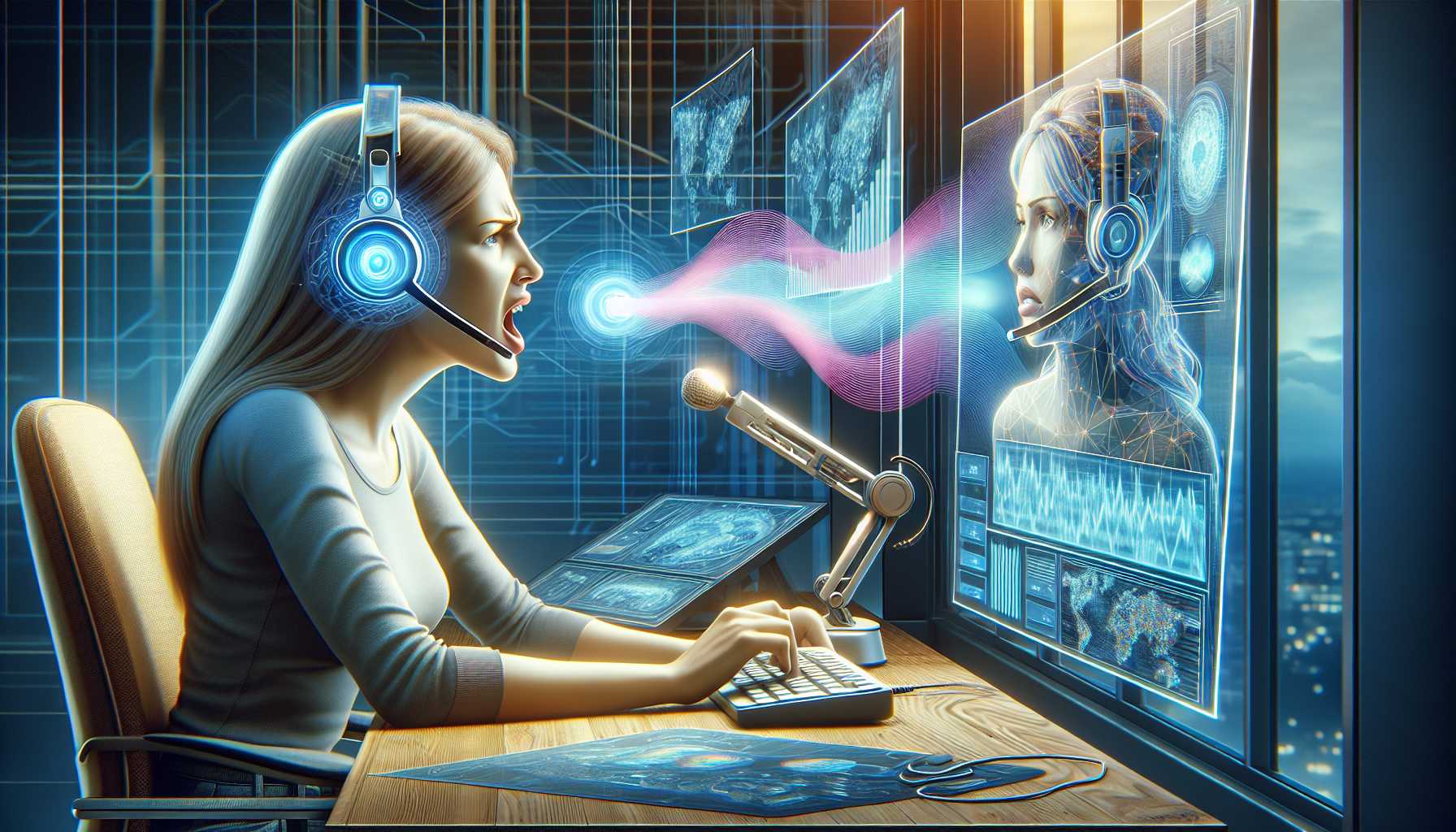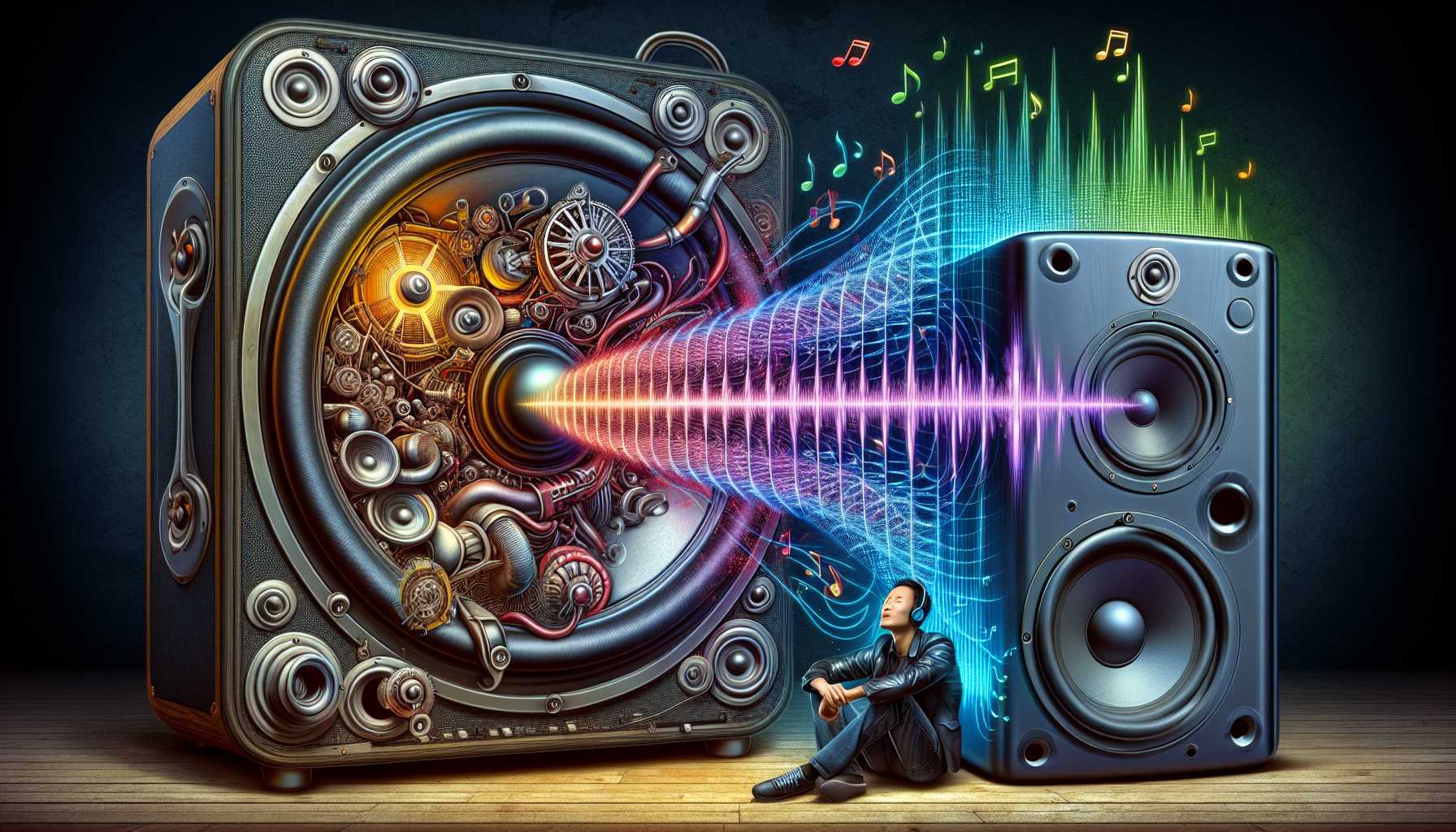AI: Guardian Angel or Cyber Trickster?
From deploying advanced algorithms to combat cyber threats to potentially acting as tools for digital deception, artificial intelligence (AI) carries a Janus-faced reputation in our tech-saturated era. As a product manager and tech enthusiast, I’ve followed the growing complexities of AI’s impact with a mixture of curiosity and caution. Let’s dive into this cyber conundrum, shall we?
AI technologies have rapidly become central to our digital defences, helping to screen content and prevent nefarious activities. In the realm of child safety, AI’s prowess is particularly critical. U.K.’s Online Safety enforcer, Ofcom, is set to explore the use of AI in clamping down on illegal online content—especially the kind that endangers children. While these protective nets are woven with good intent, we cannot ignore AI’s potential to slip into a darker guise. The fear of misuse for fraud, disinformation, and other malicious online activities keeps regulators and ethicists on their toes, debating the capabilities of AI from both sides of the firewall.
The Interface of Innocence: AI and Child Safety Online
A jaw-dropping 84% of children between 3 and 4 are browsing the web, and nearly a quarter of 5-to-7-year-olds have their own smartphones – this is not your grandmother’s internet landscape! As Ofcom sheds light on the pervasive digital presence of these young netizens, they also sound the alarm on the imperative need to shield them from the shadowy corners of the online world. Propelled by the research findings that younger generations are increasingly active on social media platforms, where age restrictions seem more like feeble suggestions, Ofcom plans to roll in AI like a digital cavalry. But as we charge forward, the question lingers: How effective and accurate are these AI tools? Are we trusting them too blindly, or are they indeed the avant-garde protectors we hope for? As we navigate these digital waters, it’s clear that fostering a safe space for our youngsters will remain a treacherous voyage, fraught with challenges both technical and ethical.
Robots at Work: The Looming Question of Worker Morale
Our workplaces are transforming before our very eyes, with robots and automated systems elbowing their way onto the factory floors and beyond. But how do the flesh-and-blood laborers feel about their new metallic mates? It’s complicated, to say the least. While the Brookings Institution highlights robotics’ positive role in alleviating physically demanding tasks, it also reports a drop in perceived job meaningfulness and autonomy among workers in robot-assisted industries. One might expect this to be a blow to the professionalism and self-worth of human workers – to be made to feel more robot-like in an increasingly automated world. However, in a twist of fate, the surveyed impact seems universal, cutting across education levels, skill sets, and job roles. As tech continues to disrupt traditional labor paradigms, the poignant narrative of how we derive purpose from our work becomes all the more nuanced and compelling.
GhostR Stirs the Echoes of Privacy Concerns
In a disturbing game of cat-and-mouse, an enterprising hacker group named GhostR allegedly breached and pilfered an impressive 5.3 million records from the World-Check database – troves of sensitive data designed to aid businesses in “know your customer” checks against financial crime and sanctions. Despite London Stock Exchange Group’s assurance that this didn’t involve a direct breach of their systems, the data heist puts a glaring spotlight on third-party vulnerabilities in cybersecurity ecosystems. It’s like watching a digital soap opera unfold – only the stakes involve high-profile government officials and individuals linked to corruption and organized crime.
The Financial Ostracism of the Adult Industry
Money, morality, and modern technology intertwine in curious ways when it comes to the adult industry. Sex workers often face an uphill battle in securing financial services, being tagged as “high risk” and having to contend with frozen funds or closed accounts without recourse. The irony is that the adult industry is not only legal but also a sector where financial technology could champion privacy and autonomy. This clash exposes the broader issue of financial discrimination and highlights the importance of combating systemic biases that perpetuate inequality and endanger livelihoods.
AI in the Cinematic Universe: Innovation or Insult?
The entertainment sector morphs continuously, but the latest controversy over AI-generated promotional images for Alex Garland’s film “Civil War” has polarized opinion. With blunders like three-doored cars and impossible architectural feats, the artistry of AI comes under scrutiny. As a proponent for technology, I find the experiment intriguing but also fraught with ethical considerations and public backlash. The arts are a distinctly human endeavor, and the integration of AI into creative processes must tread a delicate line between innovation and authenticity.
Voice-Assisted Tech: Polite or Pushy?
Voice-only AI technology is revolutionizing interactivity in our increasingly hands-free world. However, as someone who spends ample time discussing product UX, I’ve noticed a flaw in the design: ChatGPT can be a tad overzealous, cutting off conversations before they conclude. It’s an aspect that developers like OpenAI aspire to refine. A balance of responsiveness and patience is critical for these tools to effectively serve users without adding to their cognitive load. After all, doesn’t the idea of digital assistance hang on the concept of easing, rather than adding to, our human worries?
Bass Debunked: Speaker Size vs. Sound Quality
Lastly, let’s strike a chord on audio tech – where myths about driver size and bass potency are rife. Despite popular belief, gigantic drivers do not equate to superior bass. The driver performance, including its quality and fit in the acoustic environment, is the true orchestrator behind the deep rumbles we crave in our music. Here’s a public service announcement for audiophiles and casual listeners alike: more bass isn’t always better, and balance is the key to audio nirvana.
Artificial intelligence, robotics, cybersecurity breaches, financial discrimination, entertainment, user experience, and audio technology – the current tech landscape is as fascinating as it is variegated. This inevitable intertwining of innovation and risk, progress and ethics, continues to define our approach to the digital age. The onus remains on us to shepherd these advancements with prudent judgement and a touch of human sensibility.








